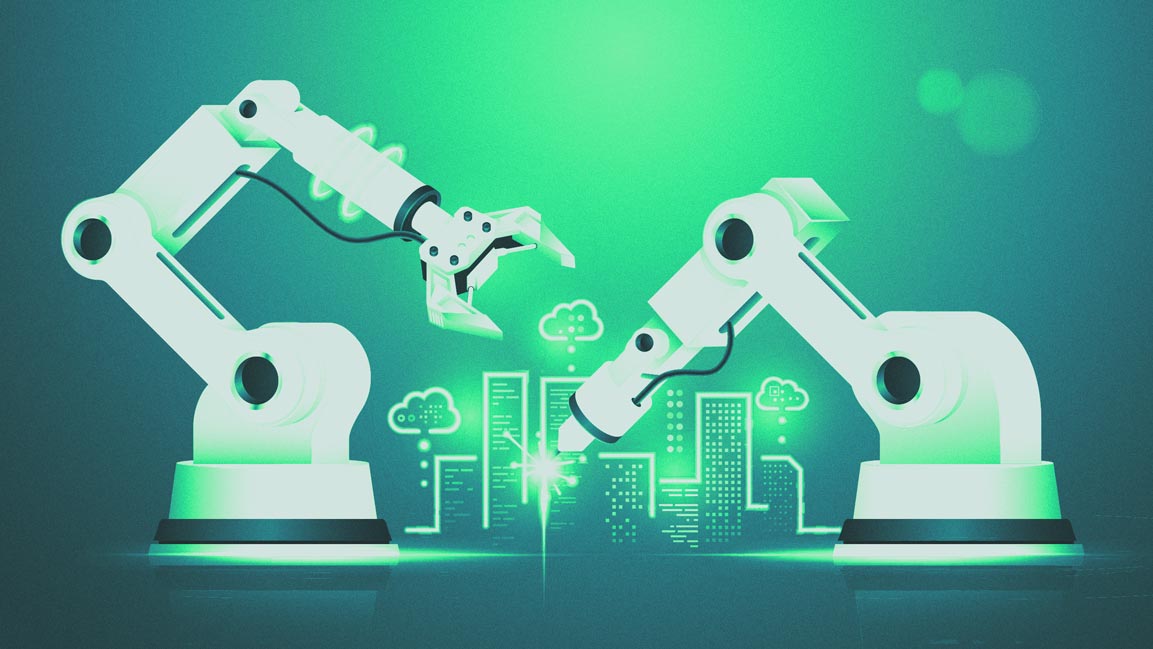Trade Liberalization, AI Can Power India’s Next Manufacturing Upswing, World Bank Economist Says
World Bank’s Franziska Ohnsorge says a new wave of trade agreements, combined with AI-led productivity gains, could expand India’s market access fourfold and revive its manufacturing base.
Topics
News
- Nexus Closes Eighth Fund at $700 Million for Early-Stage Bets in India and US
- Amazon to Pump $12.7 Billion into India’s AI and Cloud Expansion
- Anthropic Debuts Interviewer Tool to Understand How People Really Use AI
- IPL Tops Google’s Search List for 2025 as AI Breaks Into India’s Top 10
- TeamLease Names Suparna Mitra MD & CEO in Leadership Overhaul
- Apple Loses Top UI Designer as Alan Dye Joins Meta

[Image source: Chetan Jha/MITSMR India]
India’s push to deepen trade integration and harness artificial intelligence could combine to unlock its next major phase of growth, the World Bank’s Chief Economist for South Asia, Franziska Ohnsorge, said.
Speaking on the sidelines of the Kautilya Economic Conclave in New Delhi last week, Ohnsorge said that while India has made gains in services exports, its limited network of trade agreements continues to constrain manufacturing growth.
India has far fewer trade agreements than other emerging markets and developing economies, she noted, adding that AI and liberalized trade could jointly accelerate the country’s export competitiveness.
For comparison, economies such as Mexico and Vietnam derive between 50% and 70% of GDP from exports to countries with which they hold comprehensive free-trade or regional economic partnerships.
India’s current market access, she said, is roughly 12% of GDP, adding that concluding free-trade agreements with partners including the UK, EU, Australia, Canada, and potentially the US could raise that exposure to nearly 50% of GDP.
Ohnsorge described the UK FTA, which would grant duty-free access to 99% of Indian exports, as the country’s “most ambitious trade deal in a decade.”
The agreement, once finalized, could catalyze a shift of workers from low-productivity sectors such as agriculture into higher-value manufacturing and services.
“The world is big… even if one trading partner becomes less accessible, others may become more accessible with trade agreements,” she told Business Standard, referring to the impact of recent US tariffs of around 50% on certain Indian goods.
Ohnsorge said AI-driven productivity improvements could amplify the benefits of new trade linkages by raising efficiency in logistics, supply chains, and data-enabled manufacturing. Together, she added, digital transformation and market-access reforms could turn India’s long-discussed manufacturing revival into a measurable economic inflection.




